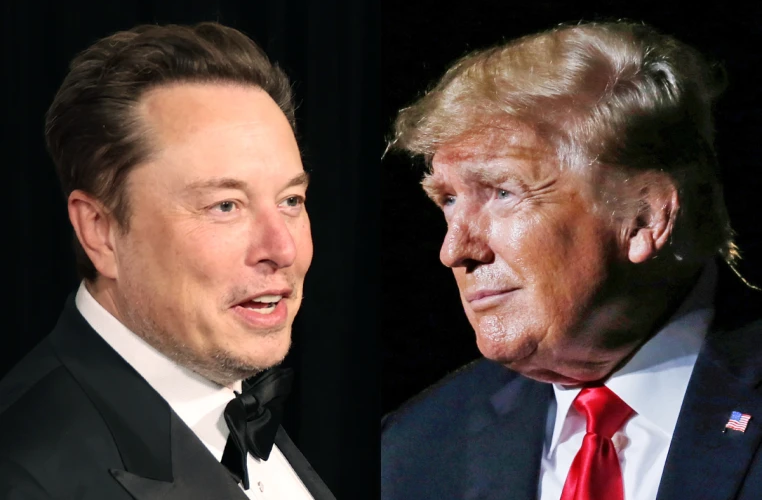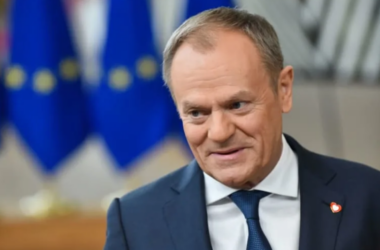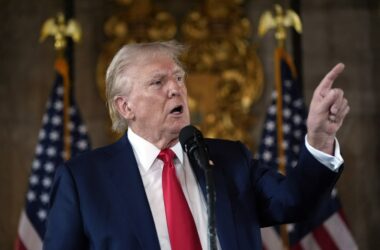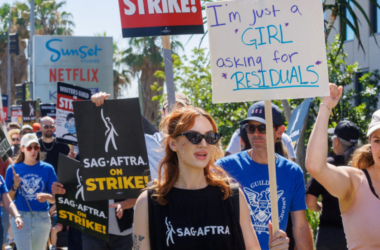On Monday night, hundreds of thousands of users flocked to X, formerly known as Twitter, to witness a much-anticipated conversation between Elon Musk and former President Donald Trump. Despite an almost hour-long delay due to a supposed cyberattack, the interview, once started, offered a riveting two-hour discourse covering a variety of hot-button topics.
Technical Hiccups and High Engagement
The live event, scheduled to start at 8 p.m. ET, was delayed by about 45 minutes, with Musk attributing the hold-up to a distributed denial of service (DDoS) attack on the platform. Despite the delay, the event drew a significant audience, with around 1 million listeners tuning in once the issues were resolved.
In-Depth Discussion Points
Musk kicked off the interview by labeling it a “conversation,” which set the tone for an expansive discussion. They began with a question about an assassination attempt on Trump in Butler, Pennsylvania, in July. The conversation then delved into immigration, foreign policy, and the economy, reflecting core themes of Trump’s campaign.
Trump criticized his political opponents, including Vice President Kamala Harris for her role as “border czar,” and condemned President Biden over conflicts in Gaza and Ukraine. The former president reiterated his claims about criminals crossing the U.S. border, a point frequently challenged by numerous studies.
Musk also steered the conversation towards energy, taking the opportunity to discuss Tesla, his electric vehicle company. Despite Trump’s previous criticism of electric vehicles, he praised Tesla as an “incredible” product, highlighting Musk’s strong endorsement of his presidential bid.
Strategic Communication Shift
This interview marks Trump’s third social-media-first appearance in recent weeks, signifying a strategic pivot in his communication approach. In June, Trump was interviewed by YouTuber Logan Paul, and in August, he appeared on a stream with controversial streamer Adin Ross. These appearances reflect an effort to engage directly with a younger, more digitally savvy demographic that traditional media might not reach.
Journalist and conspiracy theory expert Mike Rothschild noted that this strategy aims to appeal to new voters who are more engaged with streamers, podcasts, and online influencers. “It’s a very smart strategy,” Rothschild said, emphasizing the shift away from traditional media formats.
Reactions and Impact
The Harris campaign responded swiftly, labeling the conversation a significant event due to Musk’s high-profile endorsement of Trump. This move underscores the influence of non-traditional media platforms in shaping political discourse and reaching diverse voter segments.
Musk’s Motivations
Elon Musk’s involvement in hosting this interview aligns with his support for Trump and his apparent desire to rejuvenate the platform X amidst declining user growth and legal challenges. By facilitating high-profile conversations like this, Musk seeks to enhance engagement on the platform and counterbalance previous technical mishaps, such as Ron DeSantis’s glitchy presidential bid launch.
Conclusion
The two-hour dialogue between Trump and Musk highlights a transformative approach in political campaigning, leveraging the power of social media to directly engage with voters. As traditional media’s influence wanes, such platforms play a crucial role in shaping the political landscape and reaching new demographics, underscoring the evolving nature of modern electoral strategies.








